Introduction:
The ancient Egyptians believed in a complicated pantheon of gods and goddesses. They had many gods, some represented natural forces such as the sun and the moon, while others were embodiments of concepts such as justice and fertility. This pantheon of gods was organized into a hierarchy with the top god being Ra, the sun god. Below him were lesser gods and goddesses organized into a family tree. The Egyptian gods’ family tree is an intricate web of relationships with some gods being combined to create more powerful gods. In this article, we will explore the Egyptian gods’ family tree, discuss the different gods and goddesses, and explain how the family tree works.
Point 1: Ra the Supreme Ruler
1. Overview: Ra was the supreme ruler of the Egyptian gods. He was the god of both the sun and creation and was the most powerful god in the pantheon. In some stories, Ra was said to have created himself; in others, he emerged from the chaos of Nun, the primeval sea. He was the father of the sky goddess Nut and of the earth god Geb. He was also the father of the gods Shu and Tefnut, who were associated with air and moisture.
2. Symbolism: Ra was usually depicted as a man with a falcon head, wearing a sun-disk on his head. His symbol was the sun and the color red. He was also associated with the Scarab beetle. Ra was usually referred to as “the sun” or “the creator” and was also associated with the pharaohs who were thought to be the earthly embodiment of Ra.
3. Associations: Ra was associated with Sobek and Atum, two other gods in the Egyptian pantheon. Sobek was a crocodile god associated with strength and protection, while Atum was a creator god associated with the beginning of creation. Ra was also associated with the goddess Sekhmet and her husband Ptah.
Point 2: Nut the Sky Goddess
1. Overview: Nut was the goddess of the sky and the daughter of Ra. She was usually depicted as a woman arched above the earth where she held up the sky with her hands and feet. In some stories, she was said to have created herself, and in others, she emerged from Ra’s tears when he wept for his lost children. She was the mother of the gods Osiris, Isis, Set, and Nephthys.
2. Symbolism: Nut was usually depicted as a woman wearing a red and white-streaked dress, and she was typically represented by a vulture or a cow. She was often associated with stars and the moon. Her symbol was the Milky Way and the color blue. She was also associated with the arch of the sky and the circumpolar stars.
3. Associations: Nut was associated with several fertility goddesses and gods in the Egyptian pantheon. She was associated with Osiris, the god of the afterlife and rebirth, and with his sister Isis, the goddess of fertility and magic. She was also associated with the goddess Taweret, who was believed to protect women in childbirth, and with the gods Anubis and Horus who were associated with death, protection, and resurrection.
Point 3: Geb the Earth God
1. Overview: Geb was the god of the earth and the son of Ra. He was usually depicted as a man lying on the ground with plants growing out of his body. He was associated with the lands of Egypt and was believed to be the cause of earthquakes and other natural disasters. He was the father of the gods Shu and Tefnut, who were associated with air and moisture.
2. Symbolism: Geb was usually depicted as a man wearing a white crown on his head and clothing in a variety of colors. He was often represented by an ostrich feather or a snake. His symbol was the earth and the colors green and black. He was also associated with the yellow land of Egypt.
3. Associations: Geb was associated with several gods and goddesses of the Nile. He was associated with the god Sobek, who was associated with strength and protection. He was also associated with the goddesses Hathor and Nephthys who were associated with motherhood, fertility, and death. Geb was also associated with Osiris and Set who were associated with the afterlife and resurrection.
Point 4: Osiris the God of the Afterlife
1. Overview: Osiris was the god of the afterlife and the son of Nut and Geb. He was usually depicted as a green-skinned man with a white crown on his head and a crook and flail in his hands. He was associated with the afterlife and the rejuvenation of the dead. He was also associated with resurrection, rebirth, and fertility.
2. Symbolism: Osiris was usually represented by a falcon or a bull. His symbol was the ankh, a symbol of life, and the color green. He was often associated with the vegetation and crops of the Nile valley. He was also considered to be the god of the underworld and was often represented by a stylized statue of a mummified man.
3. Associations: Osiris was associated with several gods and goddesses in the Egyptian pantheon. He was often associated with his sister Isis, who was a goddess of fertility and magic. He was also associated with Horus, the god of cosmic order, and with Seth, the god of chaos. Osiris was also associated with the goddess Nephthys, who was a goddess of mourning and funerals.
Point 5: Isis the Goddess of Magic
1. Overview: Isis was the goddess of magic and the sister of Osiris. She was usually depicted as a woman wearing tight-fitting clothing and a crown on her head. She was believed to be the protector of sailors and the living embodiment of magic. She was also associated with fertility, nature, and life.
2. Symbolism: Isis was usually represented by a cobra or a cow. Her symbol was the ankh and the color green. She was also often represented by a vulture, a hawk, or a star. In her funerary aspect, she was often depicted with a sistrum in her hand.
3. Associations: Isis was associated with several gods and goddesses in the Egyptian pantheon. She was associated with her husband Osiris, the god of the afterlife, and with his brother Seth, the god of chaos. She was also associated with Hathor, the goddess of love and beauty, and with her nephew Horus, the god of cosmic order.
Point 6: Set the God of Chaos
1. Overview: Set was the god of chaos and the brother of Osiris. He was usually depicted as a man with a head of an animal, usually a pig or a donkey. He was associated with stormy weather and darkness. He was also associated with chaos, violence, destruction, and sickness.
2. Symbolism: Set was usually represented by an animal head or a red ox-hide. His symbol was the star of Set which was a four-pointed star. He was also associated with the color red and was sometimes represented by a curved knife or a fork.
3. Associations: Set was associated with several gods and goddesses in the Egyptian pantheon. He was associated with his brother Osiris, the god of the afterlife, and with his sister Isis, the goddess of magic. He was also associated with Horus, the god of cosmic order, and with Anubis, the god of death and embalming.
Conclusion
The family tree of Egyptian gods is complex and intricate. It is made up of gods and goddesses who are related in a variety of ways and each represent a different aspect of the divine. Ra was the supreme ruler, Nut the sky goddess, Geb the earth god, Osiris the god of the afterlife, Isis the goddess of magic, and Seth the god of chaos were just some of the gods and goddesses who made up this family tree. Knowing the relationships between these gods and goddesses is essential to understanding the ancient Egyptian belief system.

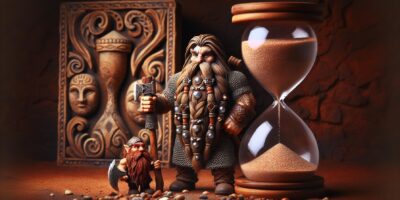
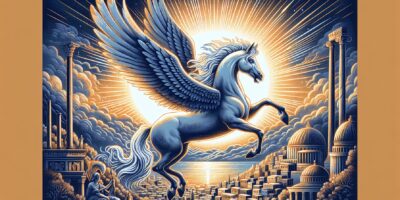

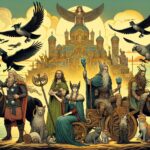
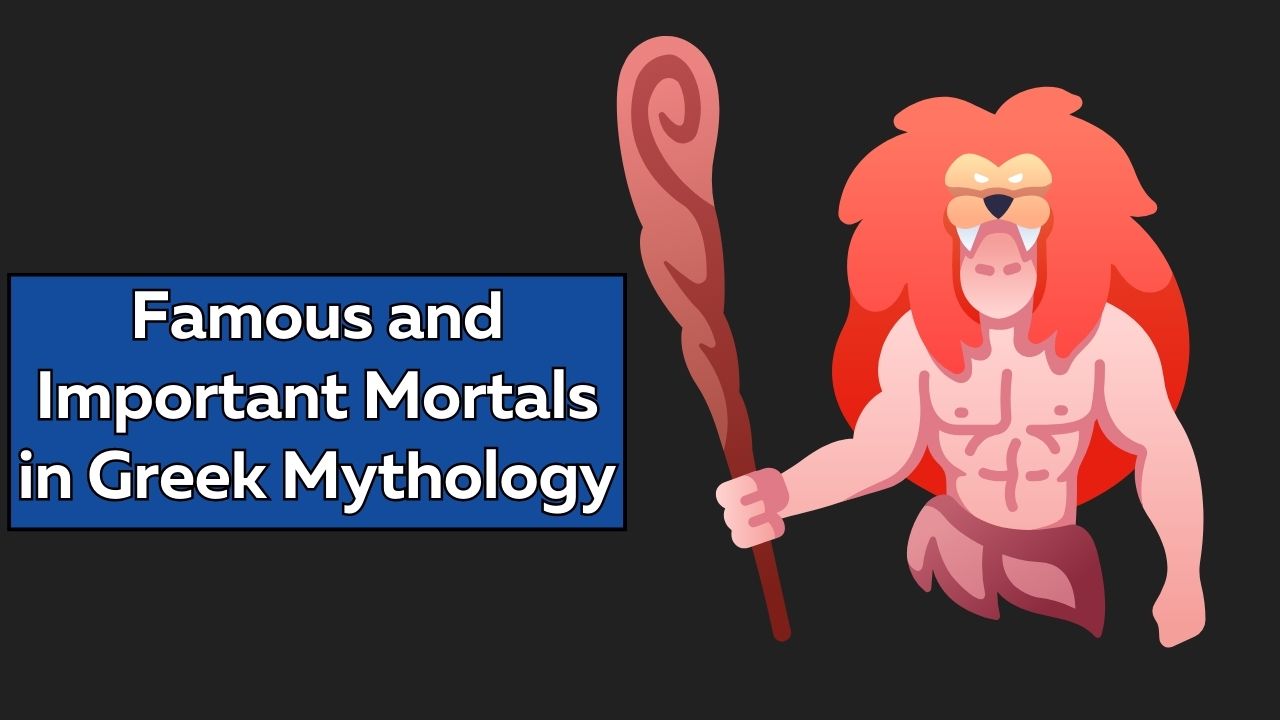
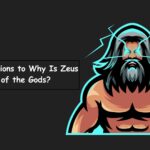
Leave a Reply